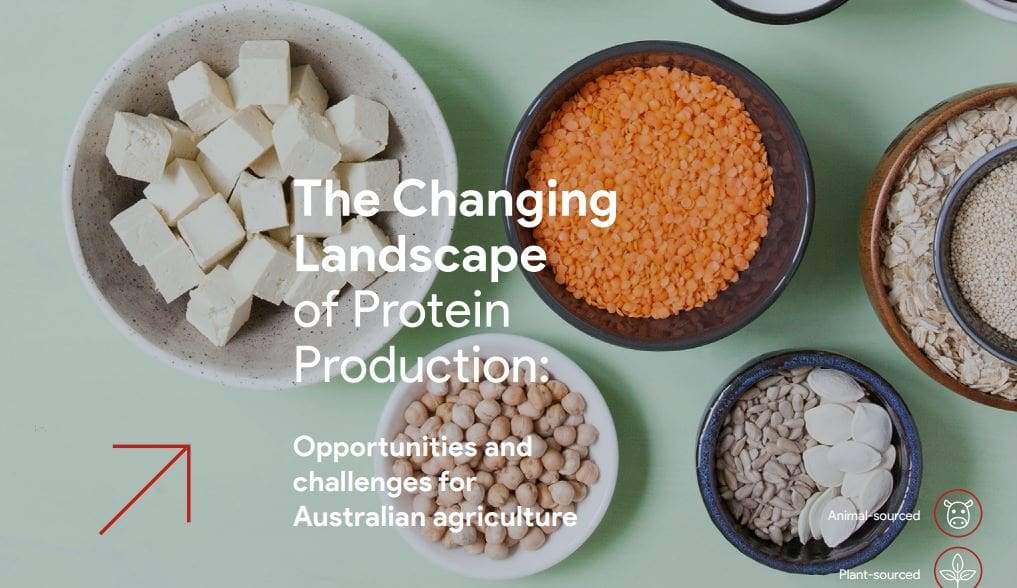
RESEARCH into the changing landscape of protein production in Australia estimates that there will be an additional opportunity of $19.9 billion for the sector by 2020, of which $3.1 billion is attributed to alternative protein categories.
There is good news for Australian protein producers, with a recent study concluding that there is more than enough room for both animal-based and alternative proteins in the Australian market. Forecast global demand for protein is strong and will accommodate growth in both sectors.
 The newly released report, The Changing Landscape of Protein Production, funded by AgriFutures Australia’s National Rural Issues Program and delivered by the Australian Farm Institute, provides ground breaking analysis which estimates there will be additional opportunities for the Australian protein sector by 2030.
The newly released report, The Changing Landscape of Protein Production, funded by AgriFutures Australia’s National Rural Issues Program and delivered by the Australian Farm Institute, provides ground breaking analysis which estimates there will be additional opportunities for the Australian protein sector by 2030.
This includes $8.9 billion for Australian animal proteins, $7 billion for traditional plant-sourced proteins, while alternative protein products could deliver a $3.1 billion opportunity for Australian agriculture.
Alternative proteins are those foods that act as a substitute for traditional animal-sourced protein. This includes plant-sourced and non-traditional proteins including plant-sourced meat, dairy and egg substitutes, cultured or cellular meat, insects and algae.
AgriFutures Australia managing director, John Harvey, said this research provided important analysis not only on the size of the alternative protein trend but more critically on the implications for Australian producers and investors.
“We now have the facts about the aggregate opportunities for Australian agriculture in response to an emerging market for alternative proteins up to 2030. This means we can replace speculation with reliable forecasts to underpin policy, regulatory changes and advocacy positions,” he said.
Mr Harvey said that prioritising producing enough protein for the growing global population required a united front.
“Segregation and competition between traditional and alternative protein producers are not as big a threat as expected.
“Enabling traditional and alternative protein producers to work in collaboration – such as using the by-product of insect farming as feed for chickens, pigs or fish – will provide a mutual sustainability benefit.”
Australian Farm Institute executive director, Richard Heath, said while there had been a lot of hype around the potential of so-called ‘fake meat’ as a disruptor to the livestock industry, this research showed the emerging market for alternative proteins should not be seen as a threat to existing production systems but as a means of diversifying choices for producers, processors and consumers.
“New demand for animal protein from a growing global population will outweigh any additional market share that alternative proteins may gain in the next decade,” Mr Heath said.
Source: AgriFutures Australia’s
Download the report from AgriFutures Australia.
See also Grain Central story, Plant burger launches Australia’s v2food with export in sights

HAVE YOUR SAY